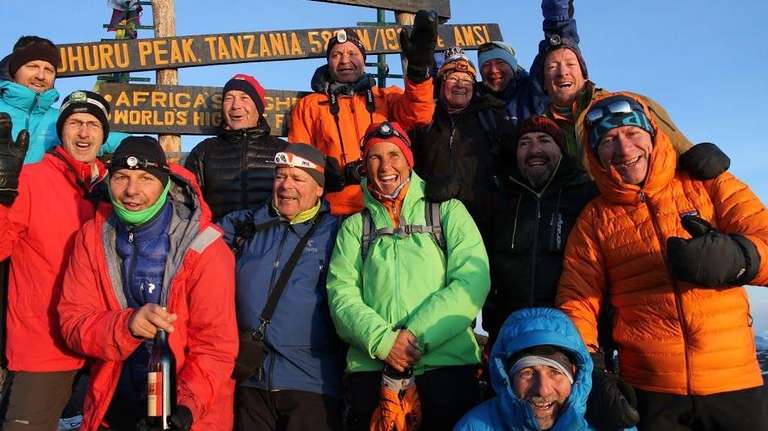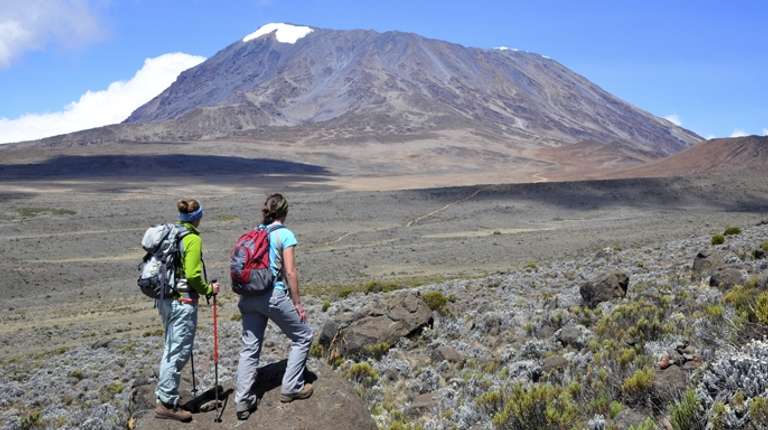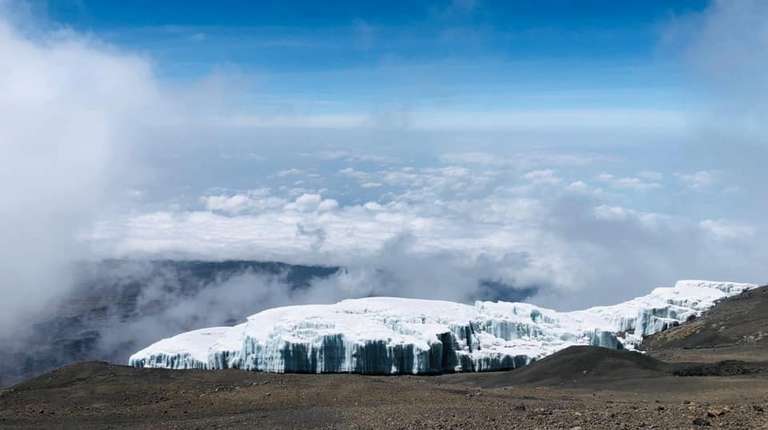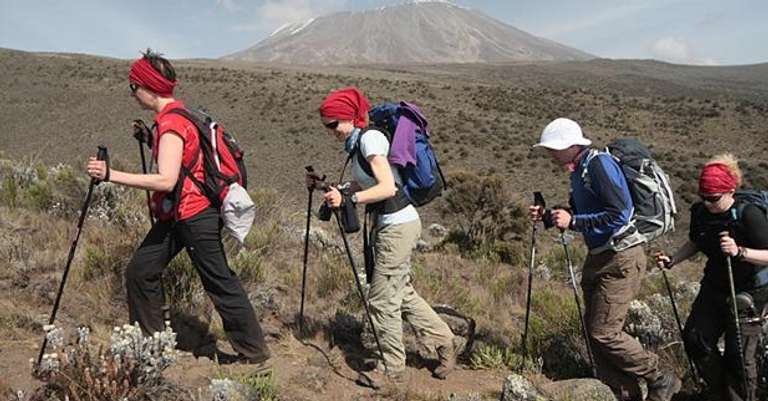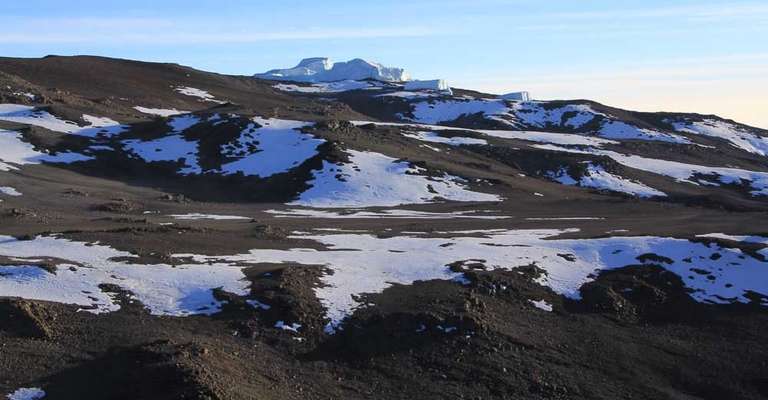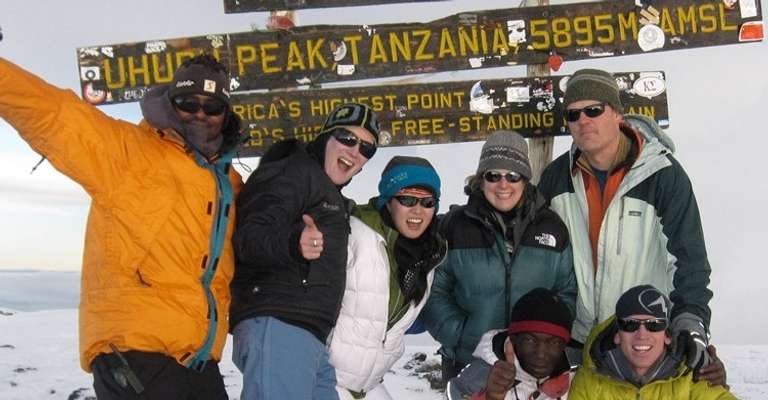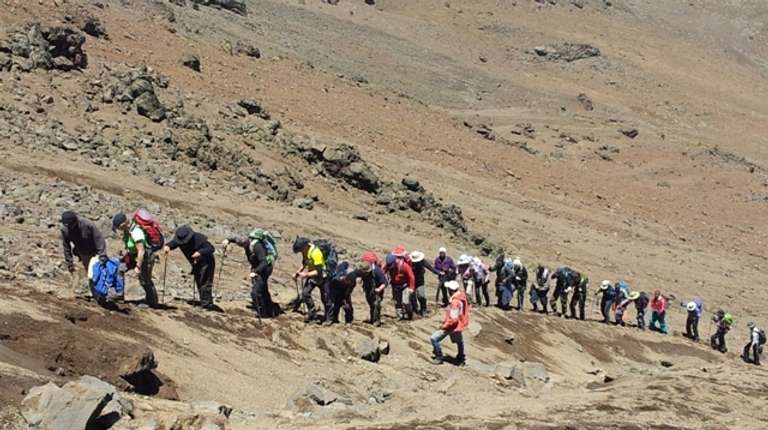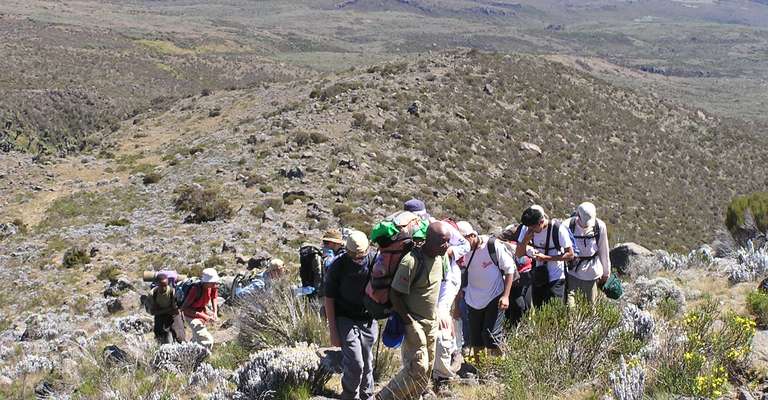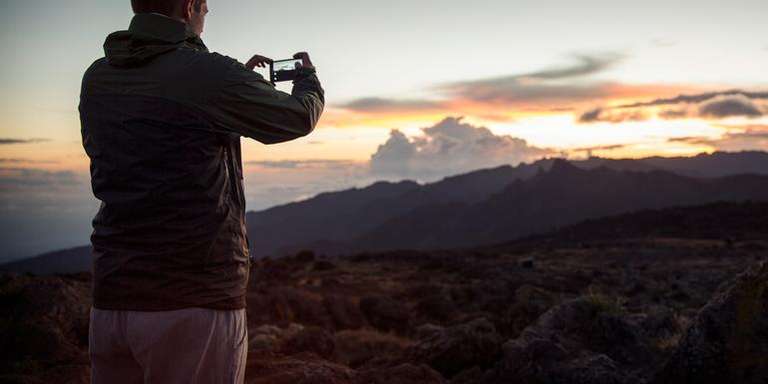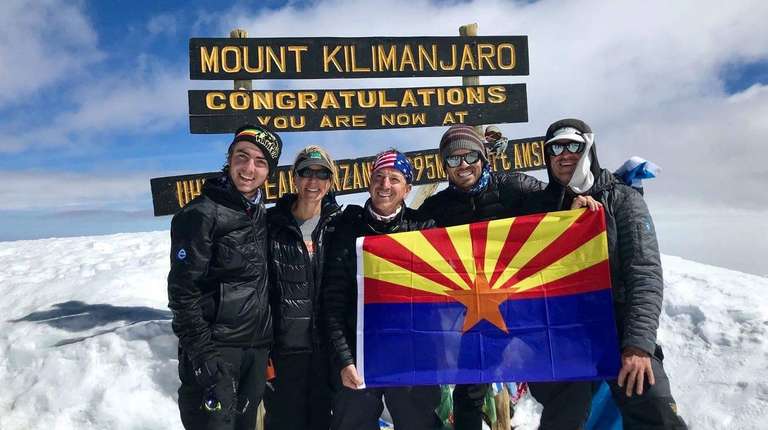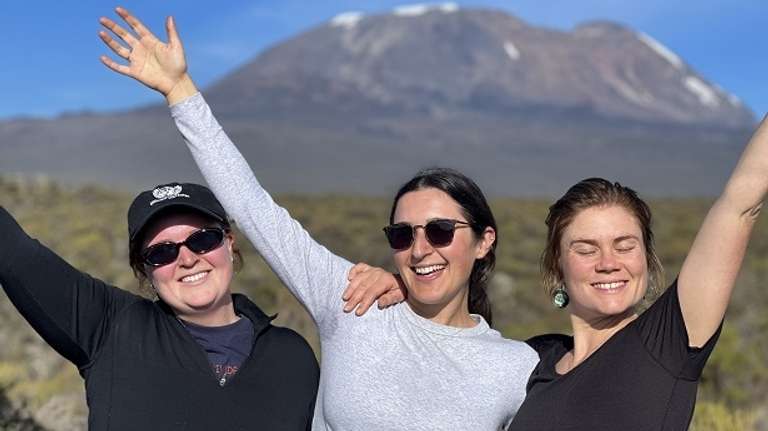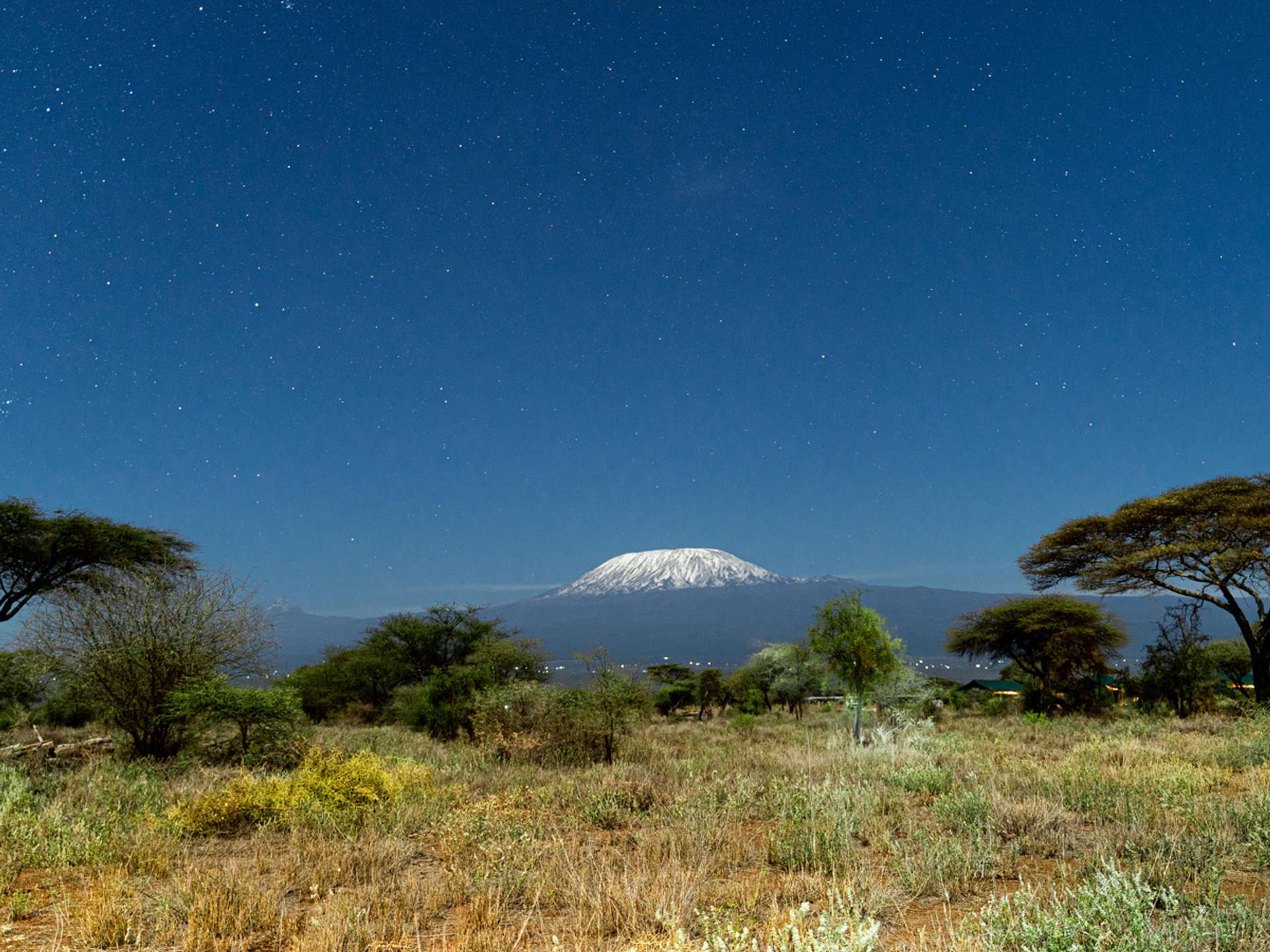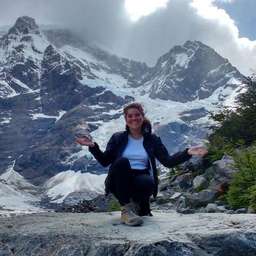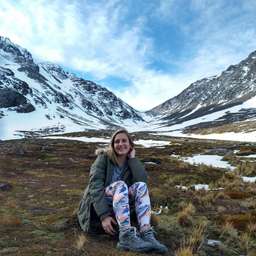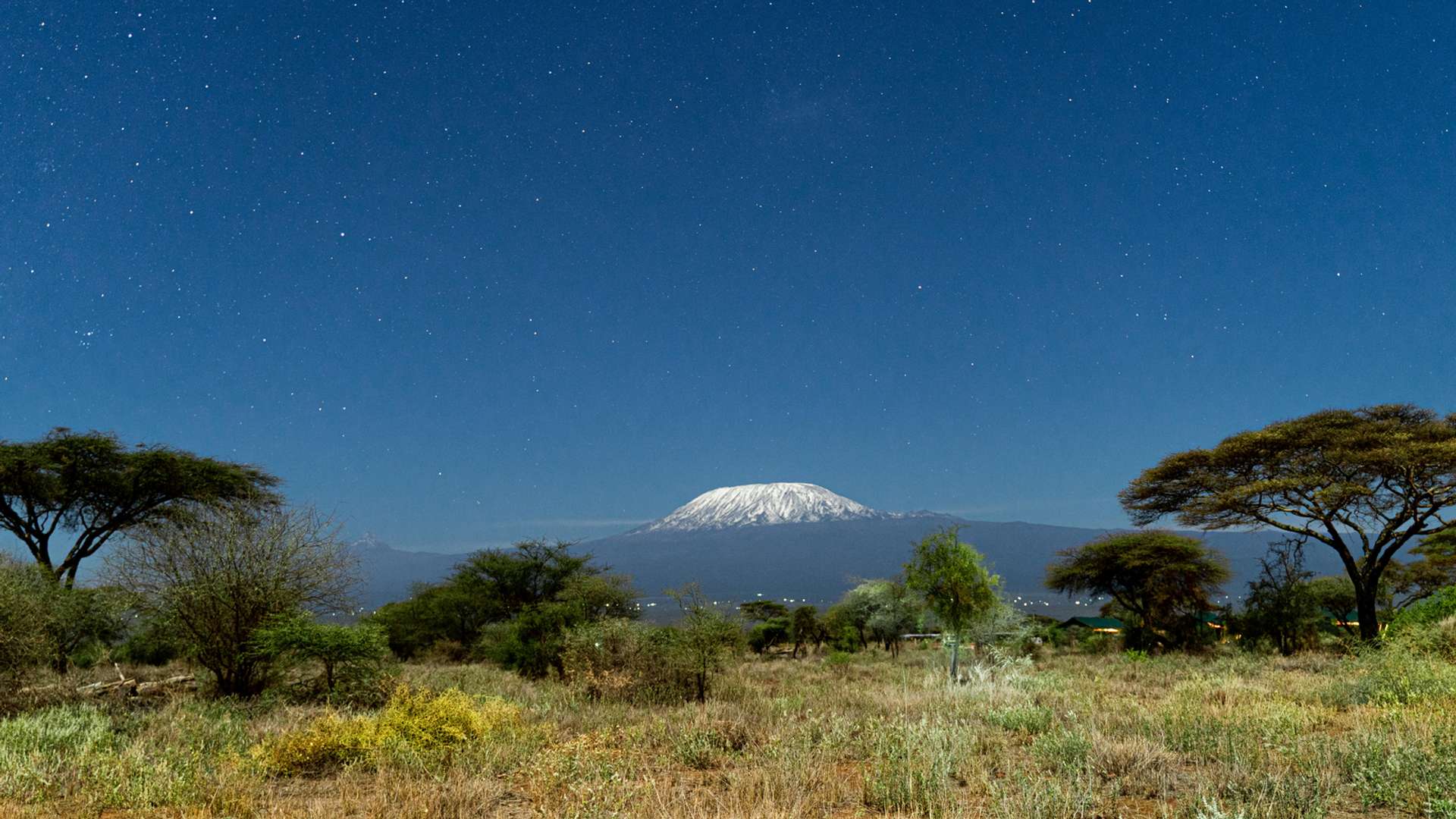
Kilimanjaro Rongai Route Tours and Treks
The Rongai Route to Mount Kilimanjaro does not share the same level of popularity as other routes, but being a less favored trail does not make it any less interesting to embark while on your Tanzania trip. Situated on the northeastern slopes of Kilimanjaro, this is the route to take if you wish to get to the “Roof of Africa” in peace, communing with nature. Rongai Route is the sole trail that commences from the north side of the mountain and passes through several scenic sections, including the picturesque Mawenzi Tarn Hut Campsite. Less traffic on the route also provides a better chance of wildlife sightings.
We guarantee the best prices on all our tours. If you find a lower price within 24 hours of booking, we'll match it.
Note: Prices may vary based on availability and demand.
10 Best Kilimanjaro Rongai route Christmas Deals
Grab our exclusive Christmas Deals on Kilimanjaro Rongai route tours — limited-time massive discounts you won't want to miss!
See all Tanzania Christmas Deals

Want to see more?
Discover our complete collection of Kilimanjaro Rongai route experiences
10 Best Tours in Kilimanjaro Rongai route
Discover our highly acclaimed tours in Kilimanjaro Rongai route, based on reviews and times booked.
See all Kilimanjaro Rongai route Tours
Kilimanjaro Rongai route Tour Reviews
Guest reviews from travelers on tours in and around Kilimanjaro Rongai route
We climbed the Kilimajaro by the Rongai Route. It was an amazing experience. 6 days there, walking, talking, eating, sharing... Es una ruta asequible, con un último dia de ascensión de dificultad media debido a la altitud y el frío. Hay que tomárselo con calma, disfrutar "pole pole", para saborear en las mejores condiciones la conquista de la cima.
Wow, well what can I say, this was such an adventure! I will absolutely be recommending G Adventures to all my friends and family for theot future adventures. Accomodation- The Bristol cottages for the night before and after was basic but had everything you needed, including a nice hot shower. The staff were lovely and there was even a safe place to store items so yiu didn't have to take everything up the mountain. During the trek, the tent crew were meticulous! The tents were always ready for when we reached camp, werr warm and had great mattresses. Really cannot fault! (side note - the sleeping bags you can rent via G Adventures were also amazing) Catering- On the trek the food was mind blowing! Our Chef Chewa was so skilled and created a multi course tasty fresh meal no matter what the weather. When we were seeing our trekking groups eating remade lunch boxes and we were served a hot fresh lunch, you know you picked the right company. Staff - The CEO and coCEOs were all amazing. James, innocent and Gade all made us feel safe, joined in with our group jokes and conversation and were always thinking ahead. Elisha was our faithful waiter who always encouraged us to eat to refuel, brought us our morning coffees/tea and ended up being so much more than a waiter. The porters, were efficient, polite and seemed to effortlessly make it up the mountain. Very strong people indeed. Safety- The team worked so well together to ensure we were kept safe both during the trek and when in camp. Regular O2 check completed to check for altitude sickness, and also staff on patrol during dinner times to ensure no one entered our tents at the camps. The summit crew were very attentive, helped carry backpacks when the going got tough and ensured we continued to drink water at all times. I particularly want to highly commend Elisha. He was our waiter but also joined us for the summit. He carried my bag and also helped me scree ski down from guilmans point when I was too scared to make it down by myself. He got me down safly and went way above and beyond his humble title of 'waiter'.
It was an amazing experience, the route was the right amount of time to help us acclimatise ahead of summit night and see all the stunning sites around the Kilimanjaro National Park. Our guides and G Fighters were brilliant - a big shout out to our guides James, Innocent, and Gade, along with our (more than a waiter) Elisha who?s humour was wonderful, and Chef Chewa who?s food was spectacular!
Suju, Godlisten and Joseph - plus the chef, porters and the entire team helped make our hike up (and down!) Kilimanjaro something that I will never Forget. They made us feel like part of their family - and when you get to the end of the days hike and you see their warm smiles and feel their big hugs, you know they are willing you to climb to the top of Africa!
I am very thankful for the support I received from the tour guides "Godlisten, Joseph and others " . Without them I would not have been able to accomplish my goal of reaching the summit.
Certainly, the best agency to take you on this great adventure on the top of Kilimanjaro! The guides and staff were really professional, answering all the questions and constantly paying attention to your needs, so that you just have to focus on the summit 🏔️ Thanks to the team again, we all made it to the top and had a lot of good time with our group and the entire crew. I would definitely recommend anyone to take this agency!
Create a customized tour to Kilimanjaro Rongai route and Tanzania
Traveling to Kilimanjaro Rongai route? Chat with a local travel specialist who can help organize your trip.
Frequently Asked Questions about traveling to Kilimanjaro Rongai route
Find answers to the most asked questions about tours in Kilimanjaro Rongai route
Keep Exploring Kilimanjaro Rongai route
Related Destinations
Trending Travel Guides
- Big 5 Wildlife Animals in Tanzania
- Top 10 Best National Parks in Tanzania – Overview
- Things to Do in Tanzania
- Mount Kilimanjaro in Africa: Routes, Weather, Prices!
- Wildlife Safaris in Tanzania – A Bookmundi Guide
- Lake Manyara National Park Safari Guide
- Tanzania Safari Guide
- Accommodation at the Serengeti National Park
- Accommodation in Ngorongoro Conversation Area
- Accommodation at Lake Manyara National Park
- The Machame Route | Kilimanjaro National Park
- The Marangu Route | Kilimanjaro National Park
- The Lemosho Route | Kilimanjaro National Park
- The Rongai Route | Kilimanjaro National Park
- Northern Circuit | Kilimanjaro National Park
- The Umbwe Route | Kilimanjaro National Park
- Tanzania in 10 Days: 3 Recommended 10-day Itineraries to Tanzania
- Tanzania in One Week: 3 Recommended One-week Itineraries to Tanzania
- Tanzania in 2 Weeks: 3 Recommended 2-week Itineraries to Tanzania
- Tanzania in December: Short Rain, Safari and Weather Tips
- 11 Best Places to Visit in Tanzania
- Winter in Tanzania: Banking The Perks of Dry Season
- Summer in Tanzania: Weather and Top Destinations
- Planning a Trip to Tanzania: All You Need to Know
